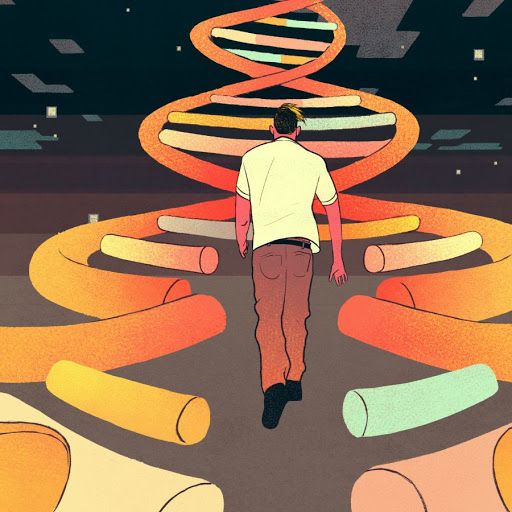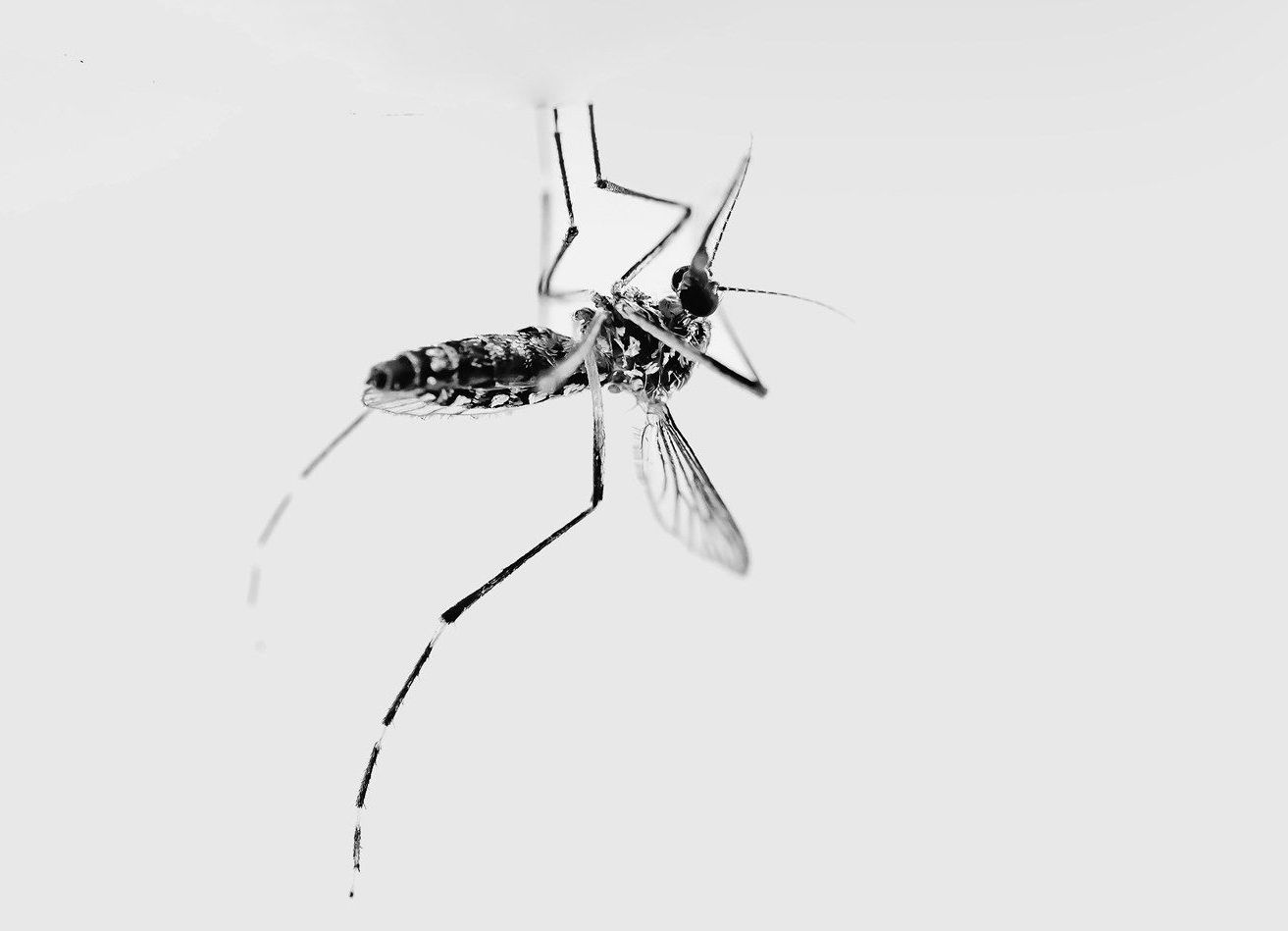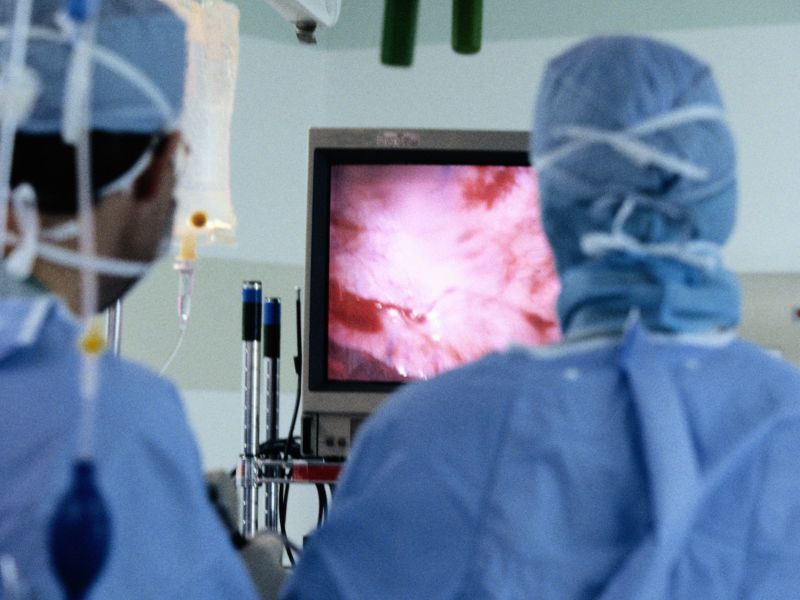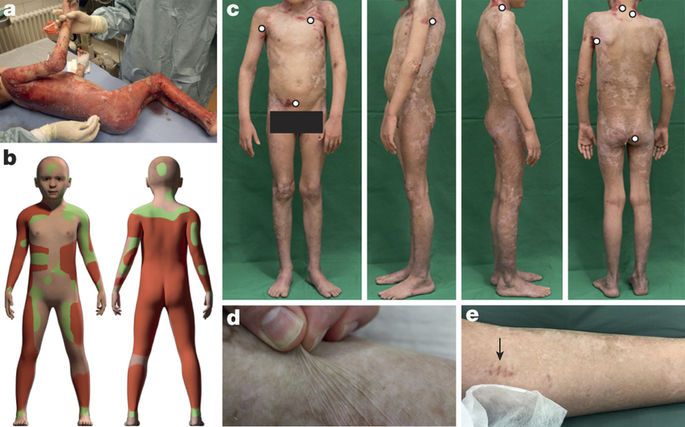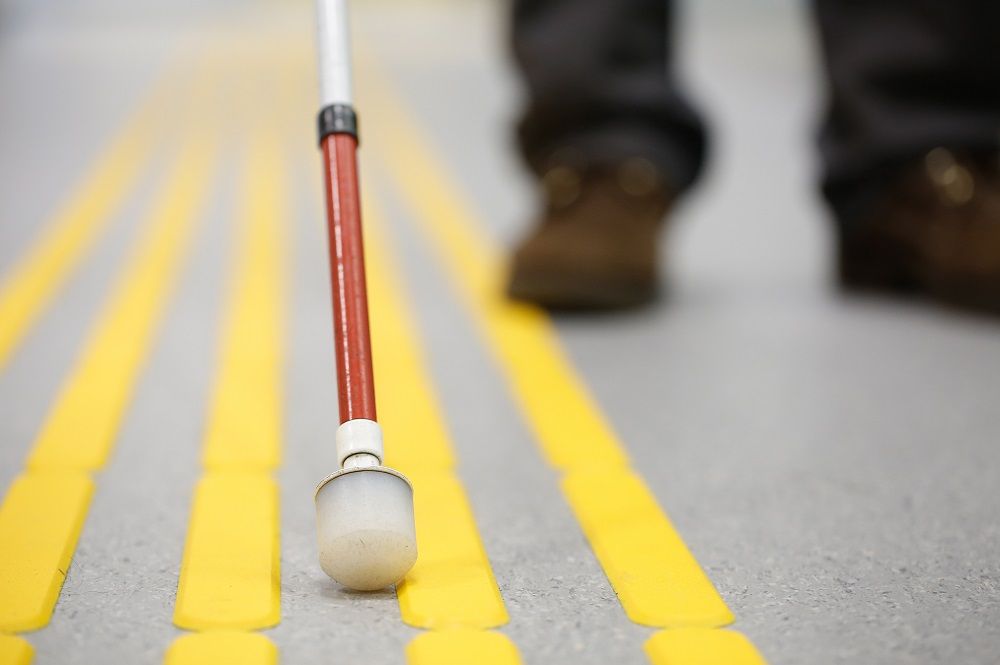Archive for the ‘genetics’ category: Page 445
Nov 29, 2017
Genetically Engineering Yourself Sounds Like a Horrible Idea—But This Guy Is Doing It Anyway
Posted by Genevieve Klien in categories: biotech/medical, engineering, genetics
“If something goes wrong, I can just chop off that part of the skin.” Josiah Zayner took a swig from his beer and squinted into the spotlight. He was already kind of drunk. He also hadn’t bothered to write a speech. Tattooed and heavily pierced with a shock of blue-gray hair, he shuffled around uneasily on stage. But 150-odd people had flown in from around the country to hear him speak—the mad pirate-king of biotech. “It all is coming from my heart,” he said, choking up a little. “Everything you’re going to hear today is me to the core.” Advertisement Zayner’s audiencesat in the fashionably…
Nov 25, 2017
DARPA Wants to Use Genetic Modification to Turn Plants into Spy Tech
Posted by Klaus Baldauf in categories: genetics, military, robotics/AI, surveillance

DARPA has a new surveillance program in the works, and it doesn’t involve training human agents or AI operators. Instead, the research arm of the U.S. Department of Defense wants to genetically engineer plant-based sensors as battlefield spy tech.
The Defense Advanced Research Projects Agency (DARPA), the think-tank that’s under the U.S. Department of Defense, recently announced that it’s working on a new project that could change how pertinent information is gathered on the battlefield. The project, dubbed the Advanced Plant Technologies (APT) program, examines the possibility of turning plants into next-generation surveillance technology.
Nov 21, 2017
This Gene-Editing Tech Might Be Too Dangerous To Unleash
Posted by John Gallagher in categories: evolution, existential risks, genetics
With gene drives, scientists are trying to supercharge evolution to eradicate malaria and save endangered species from extinction. But is this DARPA-funded tech safe enough to test in the wild? One of its creators isn’t so sure.
Nov 17, 2017
FDA seeks to speed development of ‘regenerated’ organs for medical use
Posted by Dan Kummer in categories: biotech/medical, genetics, life extension
It’s all a question of money. We should come up with enough money for funding this so that we can clone a perfect genetic match of every organ in the body by 2025. It will solve the organ shortage issue, and nip the illegal black market organ industry in the bud.
The FDA said it is looking into “regenerative medicine.”
Nov 16, 2017
The FDA Just Approved Another Promising Immunotherapy For Cancer
Posted by Ian Hale in categories: biotech/medical, genetics
On Wednesday—for only the second time—the Food and Drug Administration approved a cutting-edge therapy that genetically modifies a patient’s blood cells in order to attack cancer. This time the therapy, known as CAR T-cell therapy, is designed to treat aggressive non-Hodgkin lymphoma.
In August, the FDA approved the first CAR T-cell therapy, for a drug called Kymriah designed for children and young adults whose leukemia doesn’t respond to standard treatments. The FDA’s approval of Yescarta, manufactured by Kite Pharma, comes just a few months after its first approval—an indication of just how quickly the field of immunotherapy is moving. Several other companies also have CAR-T therapies in the works.
Nov 15, 2017
Regeneration of the entire human epidermis using transgenic stem cells
Posted by Shailesh Prasad in categories: biotech/medical, genetics
[p]Patients with junctional epidermolysis bullosa (JEB) carry mutations in genes that encode components of the basement membrane, which ensures the integrity between the epidermis and the dermis, such as laminin-332. These mutations cause blistering of the skin and chronic wounds. Following initial treatment of an adult patient with a limited affected region, Michele De Luca and colleagues reconstruct the full epidermis of a 7-year-old patient with autologous transgenic cells transduced with a virus vector carrying the non-mutated form of laminin-322.
Nov 15, 2017
AP Exclusive: US scientists try 1st gene editing in the body
Posted by Amnon H. Eden in categories: bioengineering, biotech/medical, genetics
For the first time ever, scientists have attempted to cure a person’s disease by editing a gene inside the body.
Scientists used an IV to inject a patient with billions of copies of a corrective gene and a genetic tool to cut his DNA in a specific spot. “We cut your DNA, open it up, insert a gene, stitch it back up.”
Scientists have edited people’s genes in the past, but that work involved altering cells inside a lab and then returning them to the body, whereas the latest experiment was performed inside a person’s body.
Continue reading “AP Exclusive: US scientists try 1st gene editing in the body” »
Nov 15, 2017
Doctors are gene editing inside the body of a living human for the first time
Posted by Montie Adkins in categories: bioengineering, biotech/medical, genetics, neuroscience
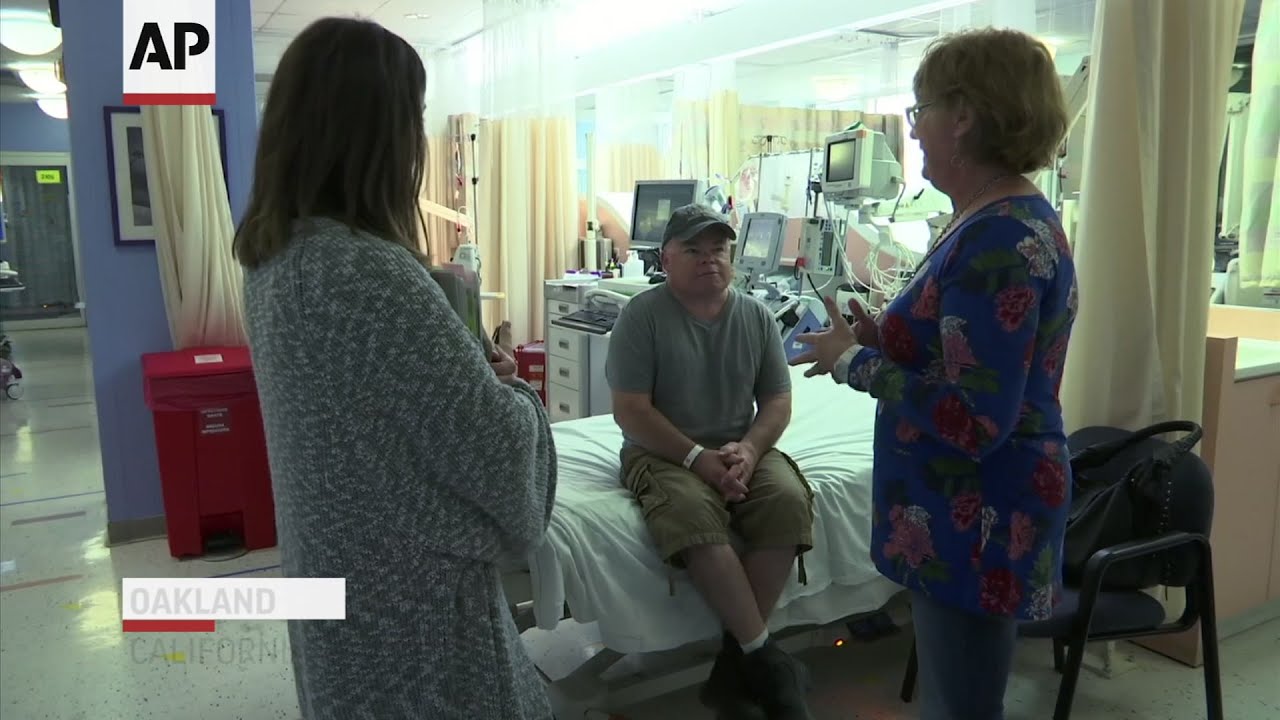
He is the first patient to receive an experimental gene therapy as part of a clinical trial. Earlier this week, Sangamo Therapeutics injected Madeux with viruses containing a package of gene-editing material, according to the AP. The hope is that these viruses will enter Madeux’s cells, specifically liver cells, inject the missing gene at the right place in his DNA. Only about 1% of the liver’s cells need to be fixed, and give his liver the ability to produce the enzyme he has been missing all his life.
Brian Madeux’s life hasn’t been easy. So far, he’s had 26 operations to fix problems in everything from hernias to eyes. He has a rare disease called Hunter syndrome, which is caused by the lack of a gene that’s used to produce an enzyme that breaks down certain carbohydrates. As a result, the carbohydrates build up in his body’s cells causing all sorts of problems.
Continue reading “Doctors are gene editing inside the body of a living human for the first time” »
Nov 15, 2017
Gene Therapy for Blindness May Soon Be Reality
Posted by Brady Hartman in categories: biotech/medical, genetics
The success of a novel gene therapy for blindness caused by a genetic mutation paves the way for gene therapies which treat other forms of blindness as well as genetic therapies which treat other diseases.
After being treated with a novel gene therapy for blindness, patients who had lost their sight due to a genetic retinal disease could see well enough to navigate a maze, according to research presented today at the 2017 Annual Meeting of the American Academy of Ophthalmology (AAO 2017).
Novel Gene Therapy for Blindness
Continue reading “Gene Therapy for Blindness May Soon Be Reality” »

